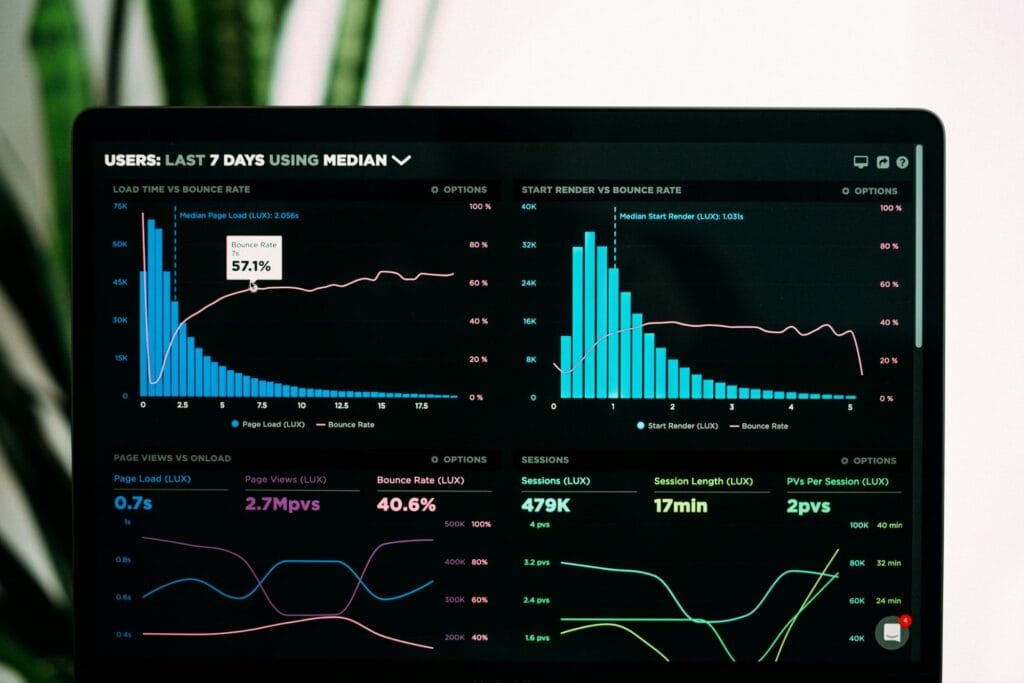The Art of Revealing the Secret Hidden in Your Data ” Exploratory Data Analysis”
Introduction
However, having large amounts of information access isn’t enough for problem solving, as seen for big data analysis. Exploratory Data Analysis EDA is where that is useful. In most data analysis processes, the EDA is a critical step that gives one insight into the data. That how the data is distributed and how the data is interrelated to make a decision.

In this new blog, we will quickly get our hands on the basics of EDA. Also, we will discuss the libraries and tools that we can use to perform EDA. We will also explore how we can best use EDA to uncover many interesting patterns.
Exploratory Data Analysis is the movement of performing data analysis to get to know the data and its characteristics. Before we discussed that EDA is a cyclical method. Wherein, we try to get acquainted with the data we have using graphics, captions and statistics. By performing EDA, you will be able to see outliers, patterns or correlation between variables. And maybe also features that will be useful for prediction models.
Why is Exploratory Data Analysis EDA important?
Exploratory Data Analysis plays a crucial role in data science because it helps to:
1. Understand the data
EDA prepares you for your data: what it looks like; the shape; and the relationships.
2. Identify outliers and missing values
Data pre-processing allows you to detect outliers and missing data that may skew ending results.
3. Visualize relationships between variables
The EDA techniques help you to represent the responsibilities of the variables which is very important for analysis of the data for drawing conclusion.
4. Uncover hidden patterns
EDA helps you discover previously unknown relationships among your variables that can be used to aid model development.
Libraries and tools for Exploratory Data Analysis EDA
So, now let’s discuss some of the libraries and tools in Python that can make EDA much better and improved. Some popular libraries include:
1. Pandas
Pandas is the efficient tool which provides enhanced features for data analysis and selecting or modifying the data. Important for EDA, they include data cleaning, transformation template, and functions for summary statistics
2. NumPy
One of the basic libraries used to do the numerical computation in python is numpy. It has a multidimensional array as well as mathematical functions for mathematical exact exactness and data alteration.
3. Matplotlib
Matplotlib is an API for data visualization used in creating static, animated and interactive visualizations. This is a general-purpose diagram for producing the plots, charts and graphs pertinent to EDA.
4. Seaborn
Matplotlib based graphical data visualization package is Seaborn. It is a top level, useful and easy to use approach to create beautiful and compelling statistical visuals. Some of the helpful plots for EDA in seaborn might be scatter plot. bar plot, box plot, heat plot and so on.
5. Scikit-learn
Some EDA tools are available in scikit-learn as well including feature selection and techniques for dimensionality reduction that are useful to check.
Performing Exploratory Data Analysis EDA: Step-by-step guide
This is why choosing the right and relevant libraries. And also tools for the next step by step guide for EDA is important.
1. Load your data
Before you go to the exploration, make sure your data set is clean without any missing values or outliers and load it into Pandas DataFrame.
2. Summary statistics
The describe() call on a Pandas DataFrame column will compute additional descriptive statistics – mean, median, standard deviation, quartiles etc. With this you will get a summary of your data, including its measure of central tendency, spread and overall appearance.
3. Univariate analysis
Apply the following Plots; Histograms, Density plots, Box plots and Bar plots to check features of a given variable.
4. Outlier detection
When analyzing the data, outliers and anomalies need to be detected for this purpose. We can use box plots, z-score or IQR method. Variation and outliers purge or whatever.
5. Handle missing values
Proper measures must be applied. You can fill up the missing values using imputing. Alternatively, remove rows or columns having missing values.
6. Feature engineering
The Exploratory Data Analysis results help us create new data features. They also allow us to modify existing features. This improves analysis or modeling.
Conclusion
The process of Exploratory Data Analysis EDA is crucial in data analysis. It helps you get to know your data and understand how these data relate to each other. This blog post describes the libraries and tools to use to enhance your EDA workflow and reveal the latent patterns in your data. Happy exploring!
